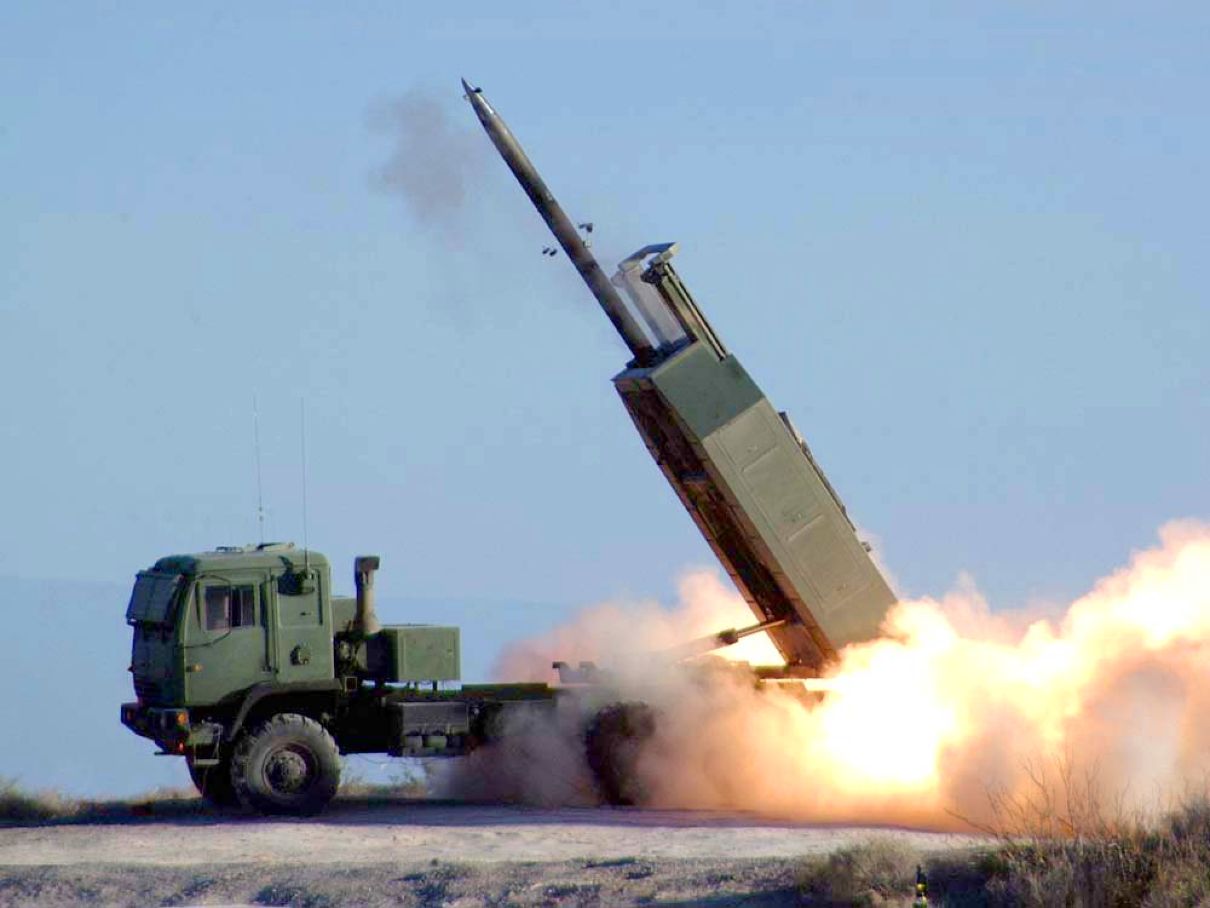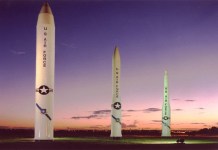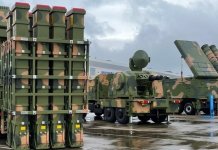Following the success of the US-built High Mobility Artillery Rocket System (HIMARS) in Ukraine, Australia is now looking to start manufacturing the MLRS in the country.
The HIMARS has attracted a lot of attention as one of the notable weapons during the ongoing Ukraine conflict due to its capacity to unleash deadly precision fires against Russian strongholds, including command centers and supply depots.
The latest disclosure was made by a Lockheed Martin representative, who said that plans to manufacture missiles for the US High-Mobility Artillery Rocket System (HIMARS) in Australia are being discussed.
Canberra is already negotiating with the US to procure the deadly weapons system, which could increase its military’s offensive power. The US announced in May 2022 that it had granted Australia’s request to buy 20 M142 High Mobility Artillery Rocket System (HIMARS) for about US$385 million (AU$542 million).
The Lockheed Martin-built weapon system is marketed as an advanced, cost-effective, sustainable artillery option. It is built to provide multiple-launch rocket system firepower on a wheeled chassis.
Lockheed Martin Australia’s program director in the strategic capabilities office for missiles and fire control, James Heading, informed the media on October 4 that the company’s focus was on the rockets’ development rather than the launch vehicles.
:quality(70)/cloudfront-us-east-1.images.arcpublishing.com/archetype/DJS4IM5YHFFCZLLH4OLEKY6C7A.jpg)
At the Land Forces 2022 conference in Brisbane, he stated that the firm is investigating what Australia wants. “Part of that resilience in the supply chain goes straight to energetics,” he added.
He continued by saying that the energetics are the most difficult to ship in any conflict. With Thales already on board as a teaming partner, the business aims to examine rocket motors and warheads.
“It’s all well and good to talk about the casings, fins, body, and all sorts of things. We are exploring to see the capabilities and capacities here in Australia,” he stated.
The crucial guidance system for the HIMARS rockets can also be produced in Australia, but Heading noted that this depends on what the US government will permit to be released. Canberra is one of Washington’s most important strategic allies in the western pacific.
The strategic placement of Australia’s political and economic strength substantially contributes to maintaining regional peace. Therefore, the US wants to assist Australia in creating and maintaining a robust and reliable armament for self-defense against its adversaries, particularly China.

High Mobility Artillery Rocket System (HIMARS)
HIMARS is the most recent addition to the family of multiple-launch rocket systems. Lockheed Martin Missiles and Fire Control developed the system in 1996 as a part of an advanced concept technology demonstration (ACTD) program.
The device fires its weapons and leaves the location at a fast speed before hostile forces can pinpoint the launch site. The system incorporates the MLRS’ self-loading and autonomous capabilities.
The driver, gunner, and section head comprise the three-person crew that controls the high-mobility artillery rocket system. However, a crew of two or a single soldier may load and unload the computer-based firing control system.
The fire control system has a video camera, keyboard controls, a gigabyte of software storage, and a GPS. It is possible to carry out firing missions manually or automatically thanks to the fire control computer.
HIMARS is designed to launch the full MLRS family of munitions, including the extended-range rocket, the reduced-range practice rocket, and all future derivatives, in addition to the conventional MLRS round.
HIMARS is currently in full-rate manufacturing after receiving approval to start production in March 2003. In November 2004, HIMARS successfully finished the initial operational test and evaluation. The first unit of the US military to receive HIMARS was the 3rd Battalion, 27th Field Artillery Regiment, XVIII Airborne Corps Artillery, in May 2005.
The HIMARS’ most prominent strength over other types of artillery is its range. This makes it possible for the Ukrainian forces to employ the HIMARS from a distance. It also helps Ukraine to protect the system from Russian counterattacks.
Additionally, Ukraine skillfully chose targets using the 80-kilometer range of HIMARS. They deliberately and strategically struck Russian command centers, armaments storage sites, and supply routes to stop and constrain Russia’s campaign in eastern Ukraine.
- Contact the author at ashishmichel@gmail.com
- Follow EurAsian Times on Google News




